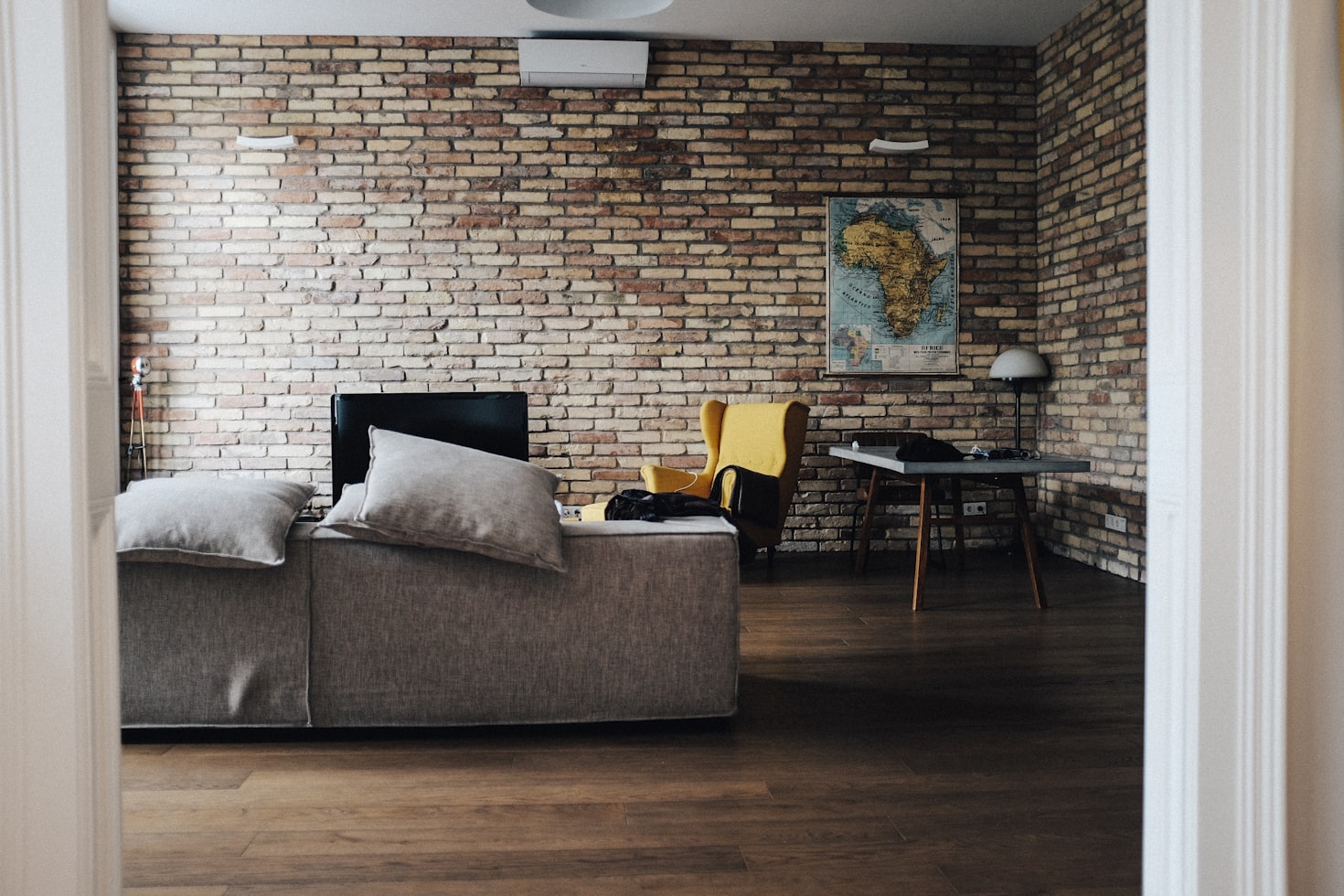Exploring Bruno Taut’s Architectural Vision
Bruno Taut stands as a towering figure in the world of architecture, his legacy etched in the structures he designed and the ideas he championed. Born in Germany in 1880, Taut’s work has left an indelible mark on the landscape of modern architecture, blending artistic expression with structural ingenuity.
Pioneering Architectural Expressionism
Taut was at the forefront of the architectural movement known as Expressionism, a style characterized by bold forms, vibrant colors, and a departure from traditional design norms. His buildings were not merely structures but living artworks, each telling a story through its unique design elements.
The Colors of Innovation
One of the most striking features of Taut’s work was his bold use of color. He believed that colors could uplift the spirit and transform the mundane into the extraordinary. In his “Alpine Architecture” series, Taut envisioned buildings painted in vivid hues, harmonizing with their natural surroundings.
Iconic Structures that Define an Era
Among Taut’s most iconic creations is the Glass Pavilion, designed for the 1914 Werkbund Exhibition in Cologne. This groundbreaking structure was a testament to Taut’s vision of transparency in architecture, with glass walls allowing light to flood the interior spaces.
Blending Form and Function
For Taut, architecture was not just about aesthetics; it was about creating spaces that enhanced the lives of those who inhabited them. His designs often featured innovative floor plans, maximizing natural light and ventilation to create environments that were both beautiful and functional.
Legacy of Social Housing
Taut was also deeply committed to the idea of social housing, believing that well-designed homes could improve the lives of all individuals, regardless of their socioeconomic status. His “Hufeisensiedlung” (Horseshoe Estate) in Berlin stands as a prime example of this philosophy, providing affordable yet stylish housing for working-class families.
Influence Beyond Borders
Taut’s influence extended far beyond Germany, reaching architects and designers around the world. His ideas on color theory, spatial design, and the integration of art into architecture continue to inspire new generations of creatives.
Architectural Philosophy in Action
To truly understand Taut’s legacy, one must look not only at his buildings but also at the philosophy that guided his work. He believed that architecture had the power to shape society, to create environments that fostered creativity, harmony, and a sense of community.
Celebrating a Visionary
As we unveil Bruno Taut’s iconic architectural legacy, we are reminded of the power of imagination, innovation, and a daring spirit. His buildings continue to stand as testaments to a visionary mind, inviting us to explore the boundless possibilities of architecture.
Honoring a Master Craftsman
In the annals of architectural history, Bruno Taut remains a master craftsman whose work transcends time and trends. His legacy is not just in the buildings he created, but in the ideas he espoused – ideas of beauty, functionality, and the transformative power of architecture.
A Lasting Tribute
As we gaze upon the Glass Pavilion, wander through the Horseshoe Estate, or simply marvel at the vibrant colors of Taut’s designs, we pay homage to a man whose vision reshaped the architectural landscape. Bruno Taut’s legacy is not static; it lives on in the buildings we inhabit, the cities we explore, and the dreams of architects yet to come. Read more about bruno taut











